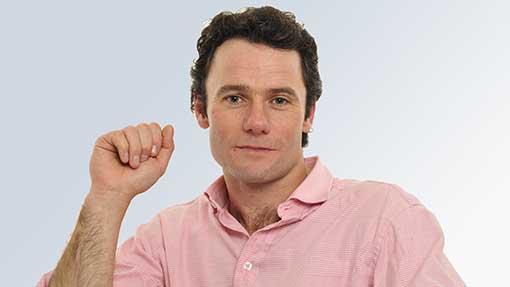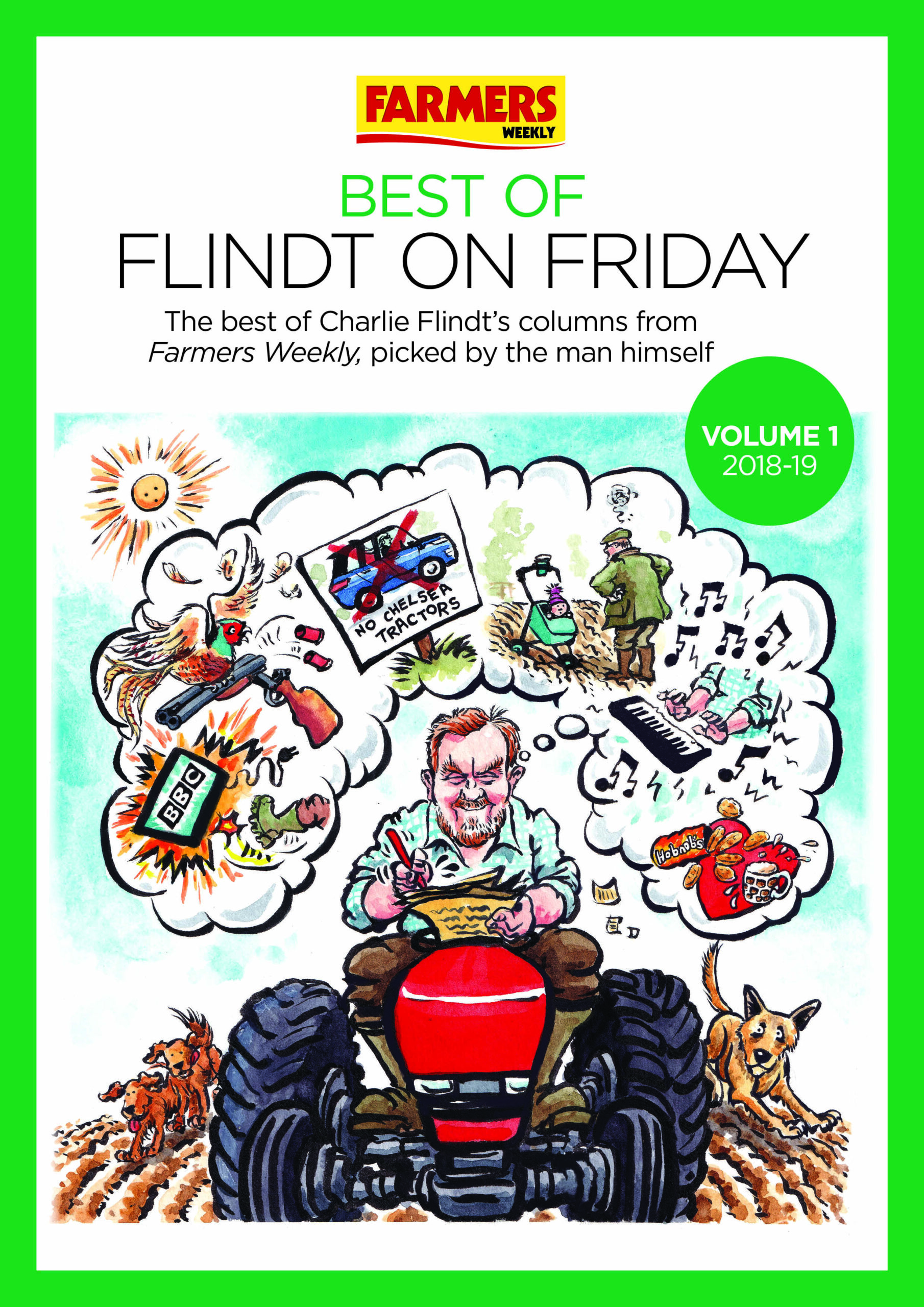Opinion: Much has changed since 1984 – just not crop yields

We are often told that farmers have short memories. While that may be true, most UK arable growers over 40 will remember the harvest that celebrates its 30th anniversary this year.
In 1984 we grew the biggest yields of wheat Britain had ever seen. I was only 14 at the time and I remember very clearly silos, bins and sheds full to bursting with varieties such as Apollo, Galahad and Norman.
Farms that historically yielded 3t/acre were averaging well over 4t/acre across the whole farm. There was money to be made, wheat was trading at about £125/t, and the bumper harvest raised everyone’s spirits. The consensus was for a bright future. History tells us the next 20 years were quite the reverse.
I also remember it as the year we started thinking about life without stubble burning. Pressure was mounting on the government to ban burning and, although that didn’t take place for another eight years, we were experimenting with newfangled cultivators and ploughs to tackle life after the ban. Square ploughs and paraplows all auditioned and failed to impress. We needed to find a way of inverting the straw we had previously spread evenly across most of Harpenden’s washing lines in the form of black smuts.
What do you think about this topic? Have your say on our website forums
So why the nostalgia? Two recent events have given me reason to pause and reflect.
First, regardless of the blackgrass, we are pretty optimistic about the potential of this year’s wheat harvest. The weather pattern has been similar to the harvest of 1984 although the value of wheat is identical to what it was 30 years ago. Second, I find myself back in the market for a plough. We are reintroducing one to the rotation after 18 years of non-inversion tillage in the hope that it will control our troublesome blackgrass.
So in 30 years have we made progress? Yields have plateaued, the spot grain price is on a par with 1984 (although if we compared 1986 with 2013 there would be £100/t difference), diesel is seven times the price, and the cost and number of applications of inputs have risen threefold. It would be easy to assume this is an industry in decline.
But arable farming has become much more sophisticated, consistent and robust. We have developed our businesses to accommodate additional regulation, we have learned how to achieve more consistent yields and we have become more efficient, weathering a decade of grain prices sub-£80/t.
We have progressed in other ways, too. Commodity markets have become significantly more volatile. This global and arguably freer market offers more opportunity to the farmer. In 2014, an astute trading of markets will return five times more value to the farmer than growing an extra tonne of wheat a hectare.
We have also developed a conscience towards the feelings of the outside world. Much less “get off my land”, we are more in tune with the opinions of our consumers.
Our role and responsibility towards a healthy environment has also improved. A grow-more-at-any-cost mentality has tempered and translated into a greater understanding and value on the balance of environmental and economic sustainability. Farmers are now regarded as part of the solution and not the root of the problem.
As nostalgic as this trip down memory lane has been, perhaps our reflections show us that the boom of 1984 was a one-off and not the golden era for farming we remember it as.
Ian Pigott farms 700ha in Hertfordshire. The farm is a LEAF demonstration unit. Ian is also the founder of Open Farm Sunday

